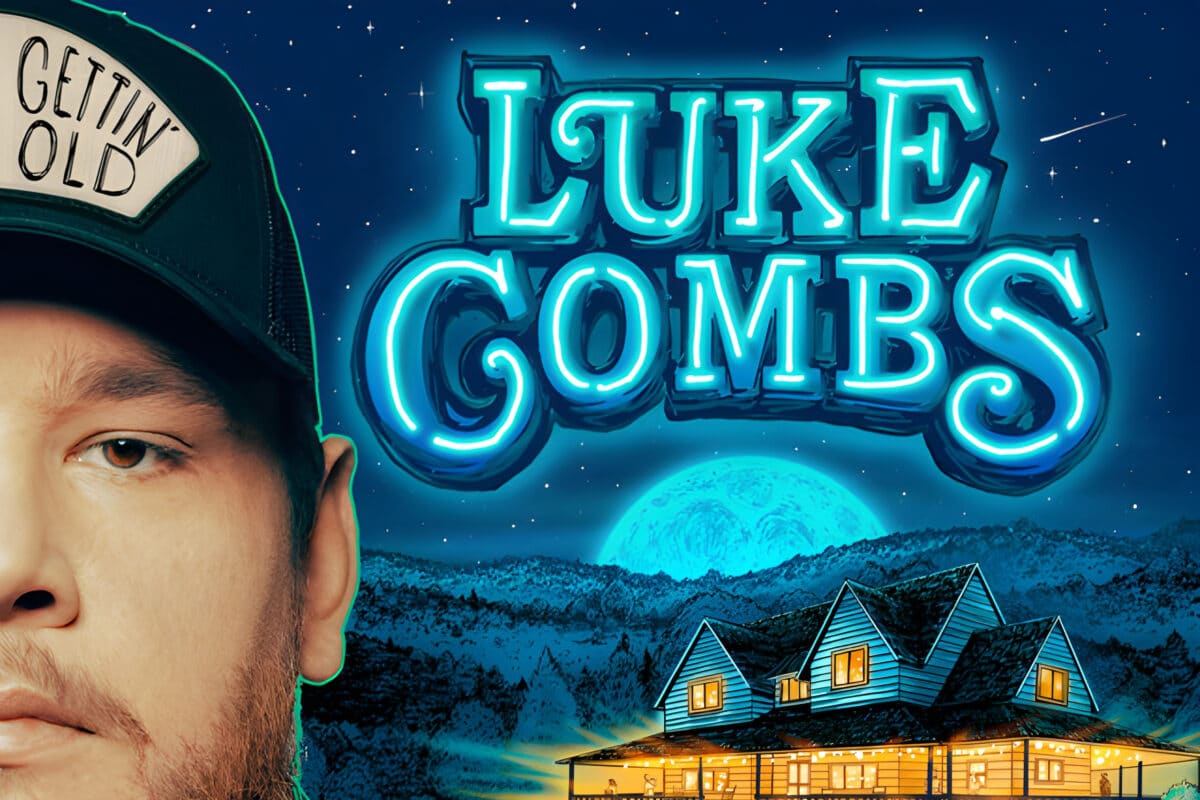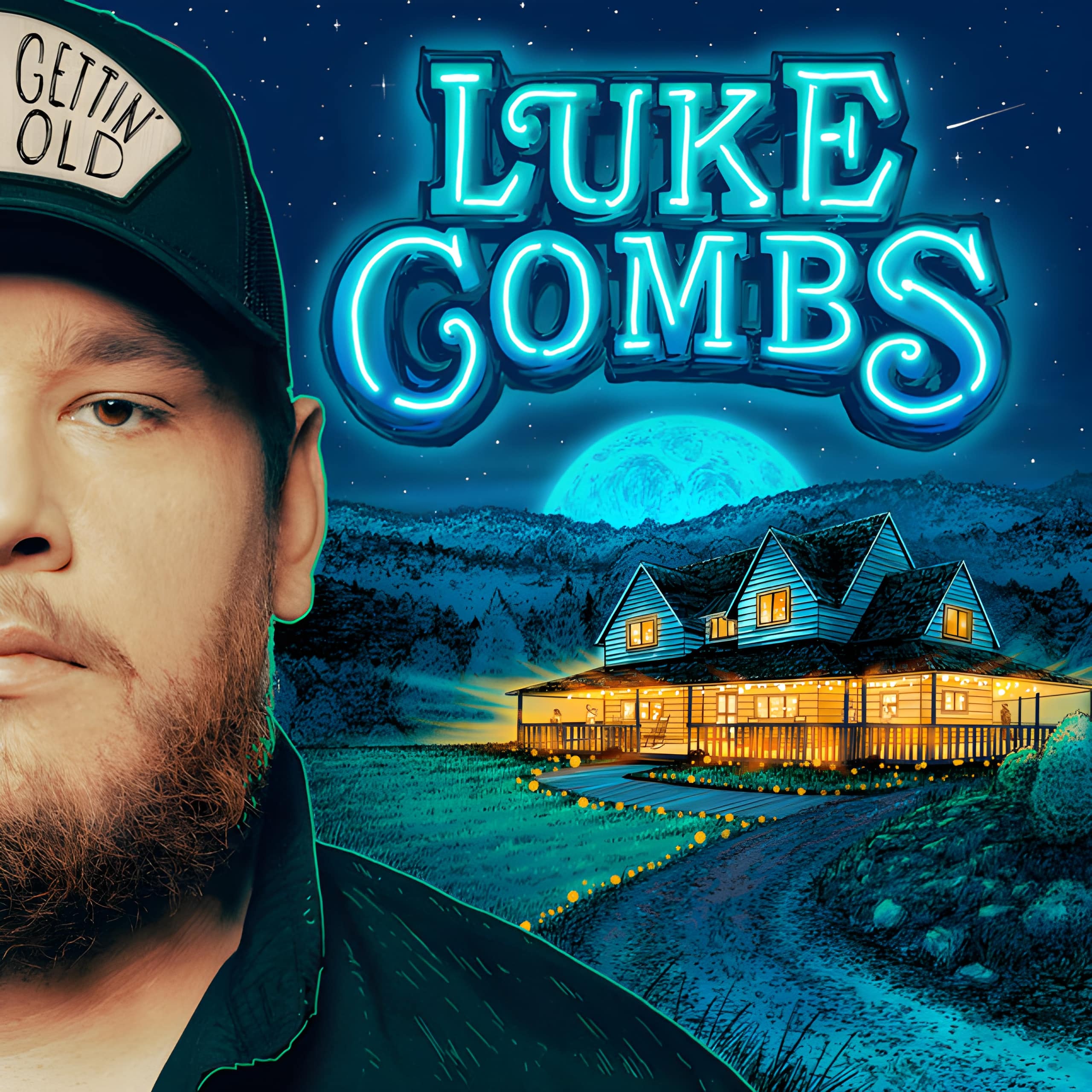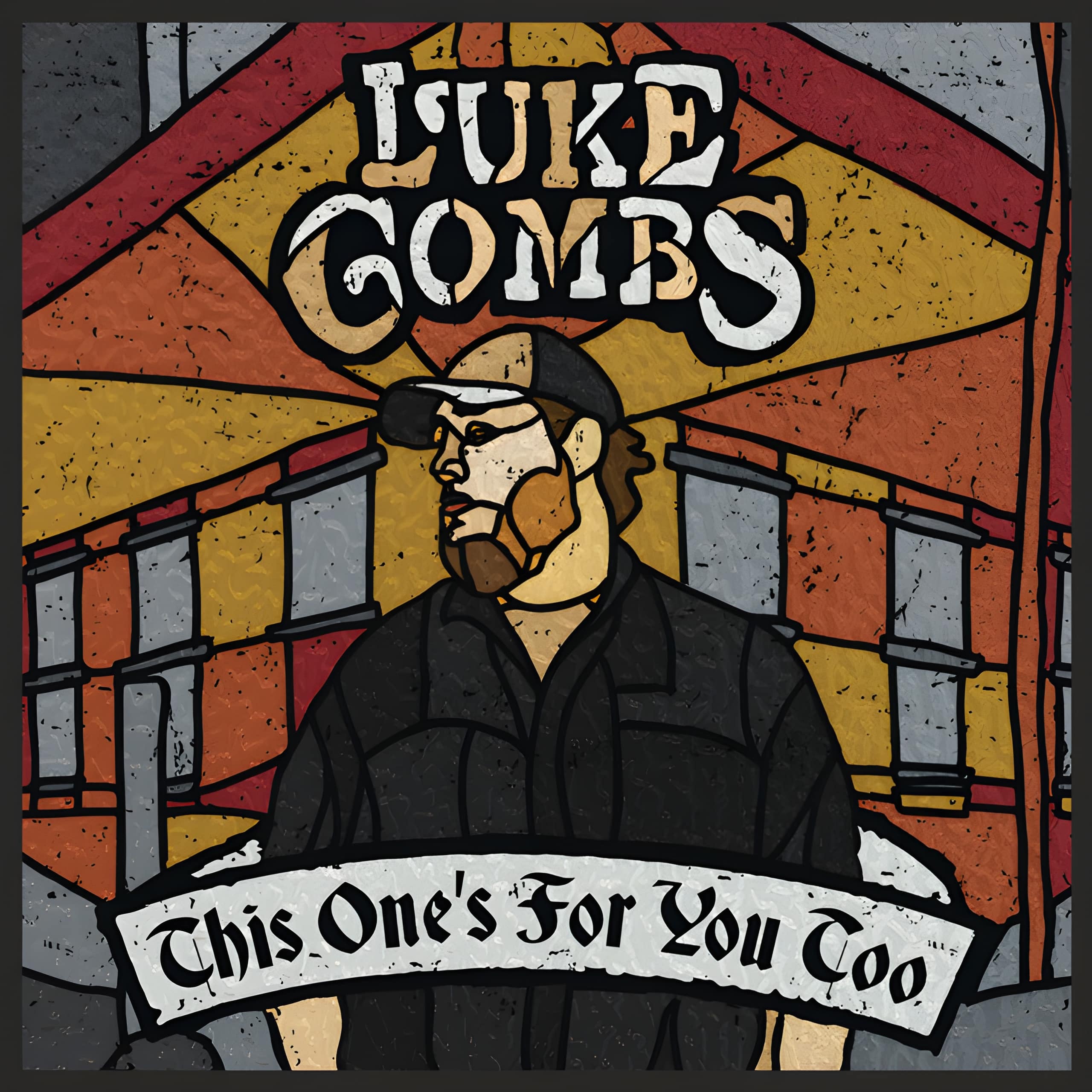Released: 2023
In “Where the Wild Things Are” by Luke Combs, the song takes us on a vivid journey of freedom, adventure, and ultimately, loss, through the eyes of a narrator recounting his relationship with his big brother. It’s a track that paints a bold picture of seeking the unknown and embracing the ‘wild’ side of life, all while dealing with the bittersweet nature of such a lifestyle. Luke Combs crafts a narrative that’s as much about personal exploration as it is about the bonds of brotherhood, setting the scene with road trips, rebel spirits, and the inevitable consequences of living on the edge.
The song kicks off with a potent image: the narrator’s big brother, the epitome of rebel cool, taking off to the West on his Indian Scout motorcycle. This symbolizes not just a physical journey but a deeper, personal quest for freedom, away from their roots and towards a place “where the wild things are.” The American Spirit cigarette dangling from his mouth and the black jacket are not just fashion statements; they’re badges of a free spirit, reminiscent of their father, establishing a generational motif of restlessness and rebellion.
As the song progresses, we get snapshots of the brother’s life in Southern California – Joshua Trees, Air stream trailers, and an acoustic J-45 guitar set the backdrop for his adventures and romances. It’s a life that embodies the dream of every rock ‘n’ roll soul: freedom, music, and love under vast, starlit skies. The chorus captures the essence of this lifestyle – “hearts on fire and crazy dreams,” where the nights are fueled by passion and adventure, a stark contrast to the structured, perhaps mundane life left behind.
The narrative takes a turn as the song reflects on the narrator’s brief taste of his brother’s world, only to realize the inevitable pull of his origins, marking a pivotal moment in the story. It’s a realization that while the allure of the “wild” is intoxicating, not everyone is meant to stay there forever. The mention of “iron horse rebels wild as the devil” and the subsequent return East highlights this internal conflict between freedom and responsibility, adventure and safety.
The climax is both tragic and poetic – the brother’s untimely death on his Indian Scout. This moment is a harsh reminder of the price often paid for living life on the edge. However, the way in which he meets his end – “lit up those streets that never sleep” – suggests that he stayed true to his essence until the very end, living and dying by the same unquenchable thirst for freedom that drove him to the West. Buried “beneath the West Coast stars,” he remains forever in the place where he felt most alive, “out where the wild things are.”
Through “Where the Wild Things Are,” Luke Combs explores the dichotomy of the human spirit – the yearning for freedom and adventure against the backdrop of life’s inevitable consequences. It’s a poignant reminder of the bonds that tie us, the dreams that fuel us, and the reality that ultimately shapes our destiny.







